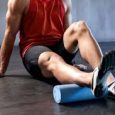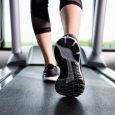Flexibility The Fountain of Youth
What is flexibility? It is ranges of motion in your joints and the ability to move them effectively through any kind of movement. When you do flexibility training, you probably will include some stretching exercises that will lengthen your muscles. This can be exercise such as Tai Chi or Yoga. If you improve your flexibility, you are pretty much enjoying the benefits of being young, like you are enjoying the healing powers from the fountain of youth.
Probably many athletes could be considered flexible. If you aren’t an athlete, but you are able to bend down and pick up something off the floor easily or you can touch your toes or squat down, you might have heard, “You are pretty flexible!” And particularly if you are in the second half of your life and some of your friends can no longer do what you can do! But anyway, flexibility is a little bit more complicated than just being able to do a few stretches.

Loosen up!
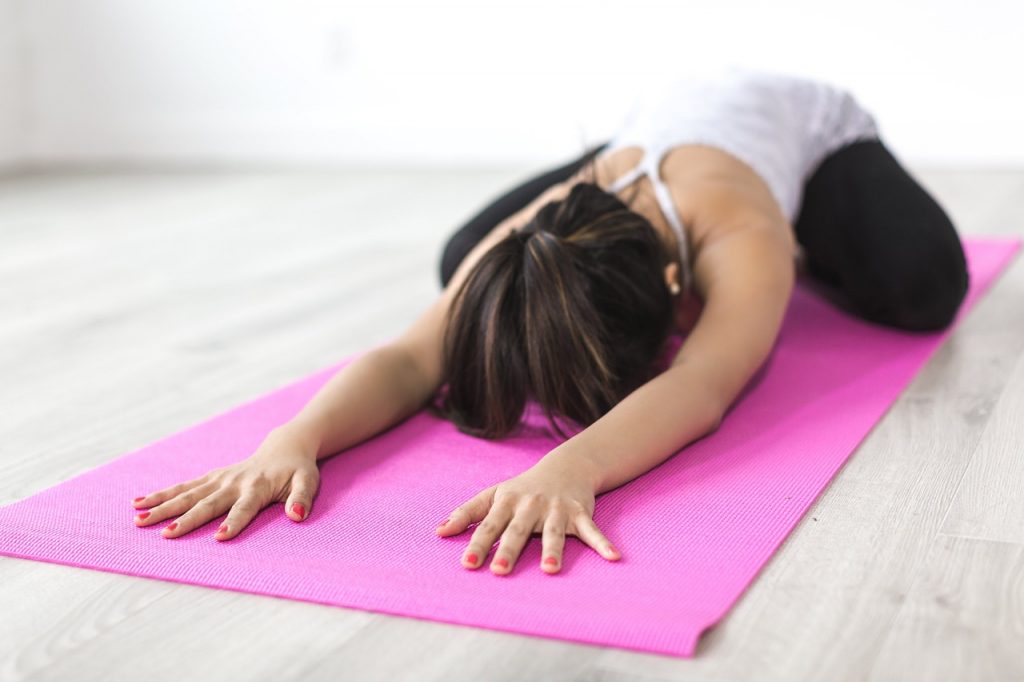
The ACE, or American Council on Exercise, says that flexibility is “the range of motion of a given joint or group of joints or the level of tissue extensibility that a muscle group possesses.” There are some parts of your body that might feel kind of tight and restricted as if you would have difficulty reaching for something or bending. There will also be areas of your body which are more loosened up, enabling you to move the muscles of that area pretty easily. It means that the joints and groups of muscles in your body have different ranges of movement. For instance, many people who sit in front of a computer all day might find that their hips aren’t all that flexible; they notice it when they climb stairs for instance and that area becomes sore, or stiff – they kind of pant when they get to the top of just 2 flights of stairs. It is for this very reason that health experts recommend that if you do have this type of job, you should get up and stand and move around at least every hour.
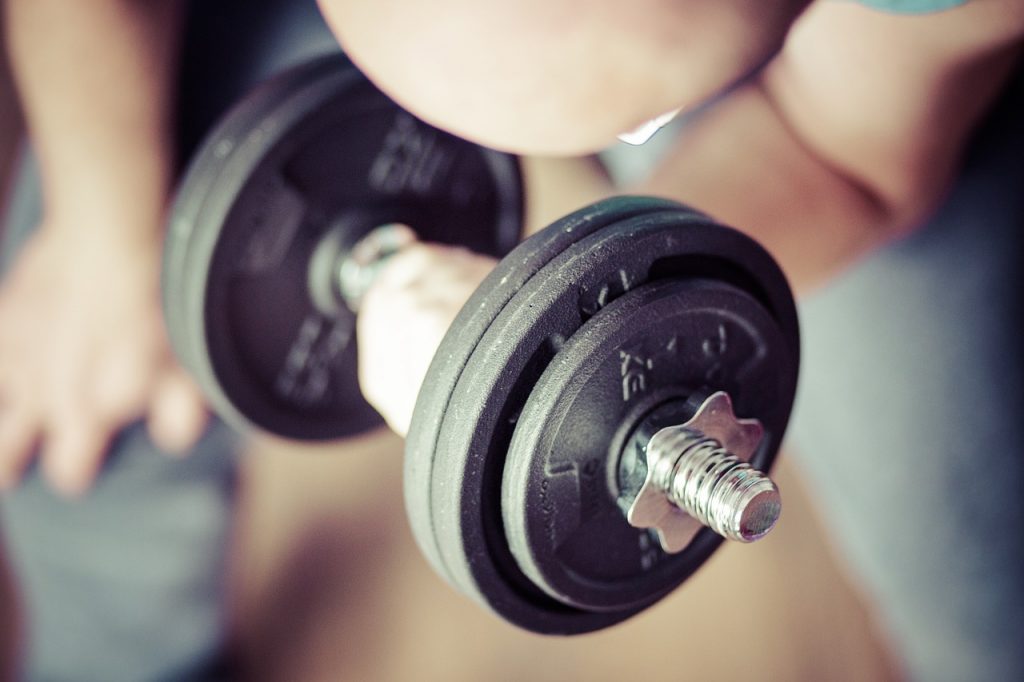
Many people will define physical fitness in different ways. Some will say it’s just moving the body or doing some weight training. Whichever way you define it, just improving on yourself to reach your potential is an excellent reason to get fit. And flexibility training is a good way to get fit, keeping the muscles healthy. Flexibility training encourages you to be agile. It doesn’t have to be difficult or grueling either to the point that you don’t feel like doing them. A good way to incorporate some flexibility training for you is to make it fun, like doing exercises you really enjoy doing, simple enough to integrate into your routine, where you can go at your own pace and still get the benefits. Then they won’t become boring for you. It is just good to keep your routines going, varying the exercises and changing them to get the most out of them.
With flexibility training, remember never to just go from a sedentary type of sitting position straight into an intense workout. Rather do some warm-ups and good stretches first. This way you prevent injury. The American Academy of Orthopedic Surgeons has discussed flexibility, naturally, and they will tell you to do your flexibility training like this:

The basics:
- Do stretching as often as you do exercises, aiming to do it 4-5 times a week.
- Do your stretches gently and slowly.
- Remember to do warming up stretches and exercise for getting into the higher intensity activities.
- Do varying kind of exercises so that flexibility is increased.
- Hold your stretches for about 10–30 seconds so you reap all the benefits.
What is so great is that you don’t have to belong to a dedicated class either, to get into flexibility training. Many people who are involved in exercise programs just simply add a couple of minutes of stretching at the end of their workouts so that they can relax the muscles and also improve their range of motion. Just 5-10 minutes of stretches in the morning when you get out of bed is fine. Even that will provide you with benefits.
Further ways to improve your flexibility is to try and include some cardio and strength exercises as well
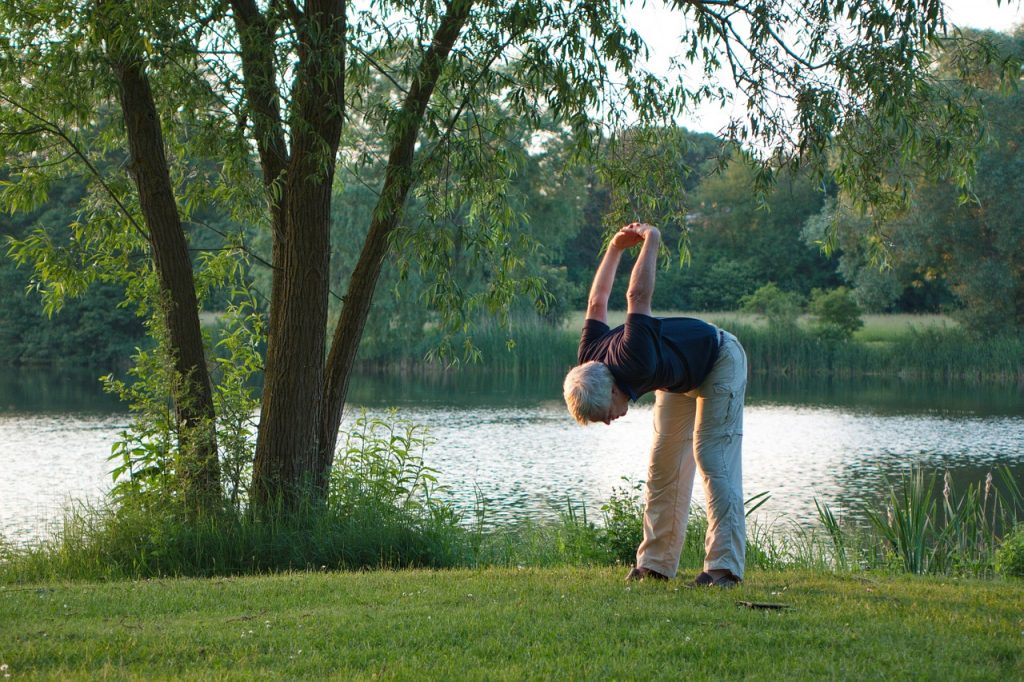
How do you do that? – By doing some cross-training. Exercises strengthen different parts of the body. Some are particularly helpful to strengthen the quadriceps through stretches of your hip joints so you can get up those stairs. Swimming strokes, on the other hand, will help with flexibility in the torso and upper back. Walking targets the lower body, but also will increase the flexibility in the hip joint.
Of course, there are myriads of ways your body benefits from all these fantastic flexibility exercises. Stretching will help to allay stress, improving the way your body feels and moves as you go about your day. And what about better posture? For sure. All of the benefits derived from flexibility exercises help you to move more often in the day, and that burns up more calories as well. If you are trying to lose weight, it won’t be a bad idea to include flexibility exercises in your program.

Flexibility IS the fountain of youth
- Kids always seem to be naturally flexible, some even more so than others. Even the chubbier ones are flexible – it’s because they are young and well-oiled. It’s just that the chubbier ones might not be as fast at running as the other kids on the block. But someday those very kids will end up losing their strength, and as they get older, their movements will get slower and slower. The question asked is – Can you keep your flexibility?
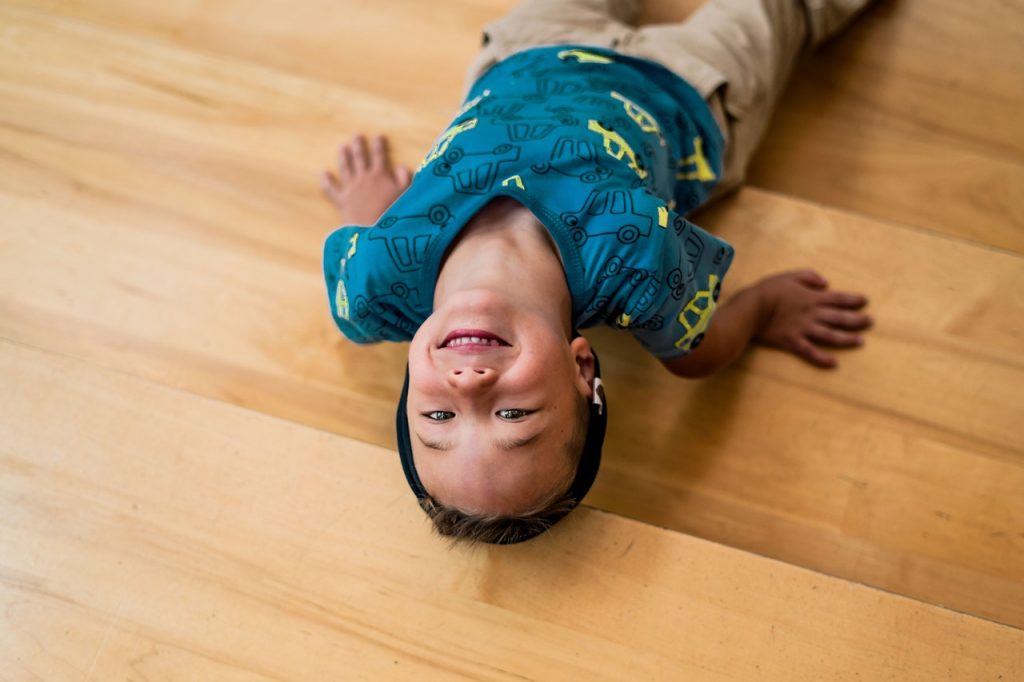
- Dr. L.A. Golding, from the Department of Exercise Physiology from the Las Vegas University of Nevada, on a talk he was giving, on the subject of athletic training and aging; says that we will get weaker and slower as we age, but that we certainly do not need to get less flexible.
- Thing is, we are all just fighting a losing battle because each year that passes, our metabolism slows just that little bit more, our muscles become a bit more atrophied as we pass from youth into the autumn years. From an aerobic point of view, it’s simply tough just climbing two stairs into our home. No matter how hard we train and how many supplements we try and take, we just seem to be unable to turn back the clock. No one will argue against these facts, because even our eyes are telling us that time is marching on.
- We have to accept that we are getting older, that we can’t stop it. But if we learn to work smarter and not harder, we can sure have a chance to bask in the fountain of youth again.
- OK, there are many factors that affect our flexibility as far as our genetic makeup is concerned. It is our body type and our gender. And age affects our joint elasticity and our muscle tendons. So now it’s time to wake up, it’s time to start using those ‘sleeping’ muscles and tendons, wake them up because if you don’t use them, you are going to lose them.
- If you think about it, there actually can’t be anything more imperative as you age than not being able to maintain your flexibility. So why are aging people not realizing this? It’s because that for some, while they still do have flexibility, they believe it might be because they are doing other training, or it’s simply that they do not have the time.
- We know that for just a minute doing cardiovascular exercises, we burn extra calories. We also know that when we put emphasis on cardiovascular training, we are able to see a direct correlation to how fast we can run. And we also know that our strength correlates with our performance. But flexibility is not as concrete as the above two examples. It’s like eating our fruit and veggies – we know they are good for us and we need to eat them daily, but we don’t do it because it’s not what we want to at that moment in time.
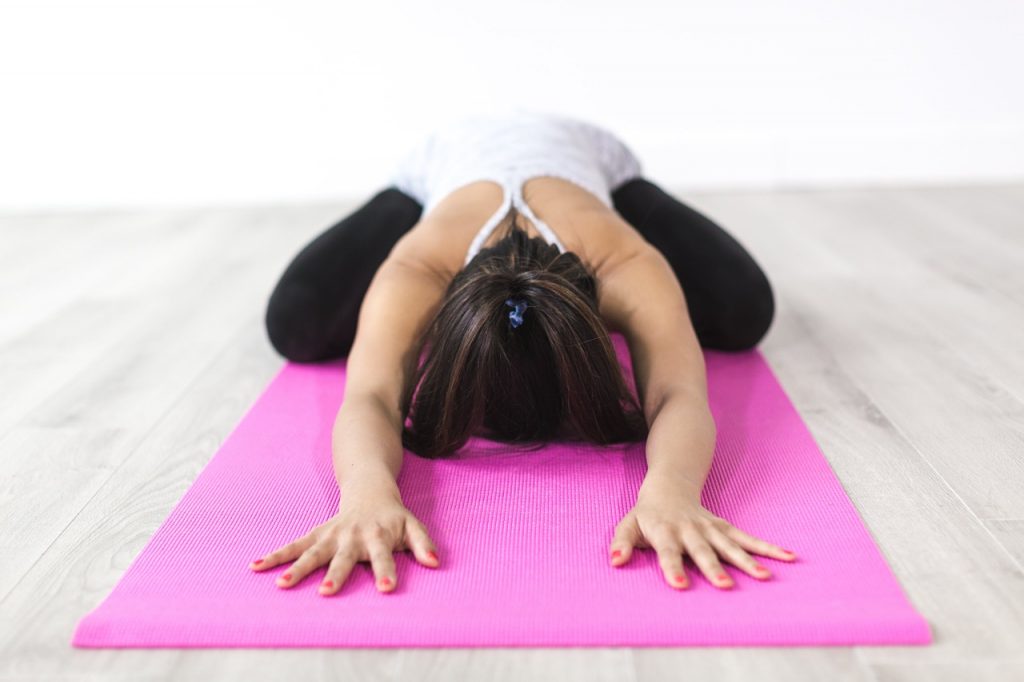
- We need to think more broadly, bigger. We have to start thinking – I am getting older. I want to be able to get old and still be able to bend down and tie my shoelaces’, right? When you think of the bigger picture, it’s more than just looking at how many calories you burn or trying to maintain your body-look of now into the future.
- Remember, flexibility will affect your performance for the moment, big time. When your body and limbs are fluid and efficient, it makes you feel free, independent, positive, and happy. It’s because flexibility really is what is keeping your whole machine working and injury-free!
It’s flexibility and stretching that keeps you injury-free
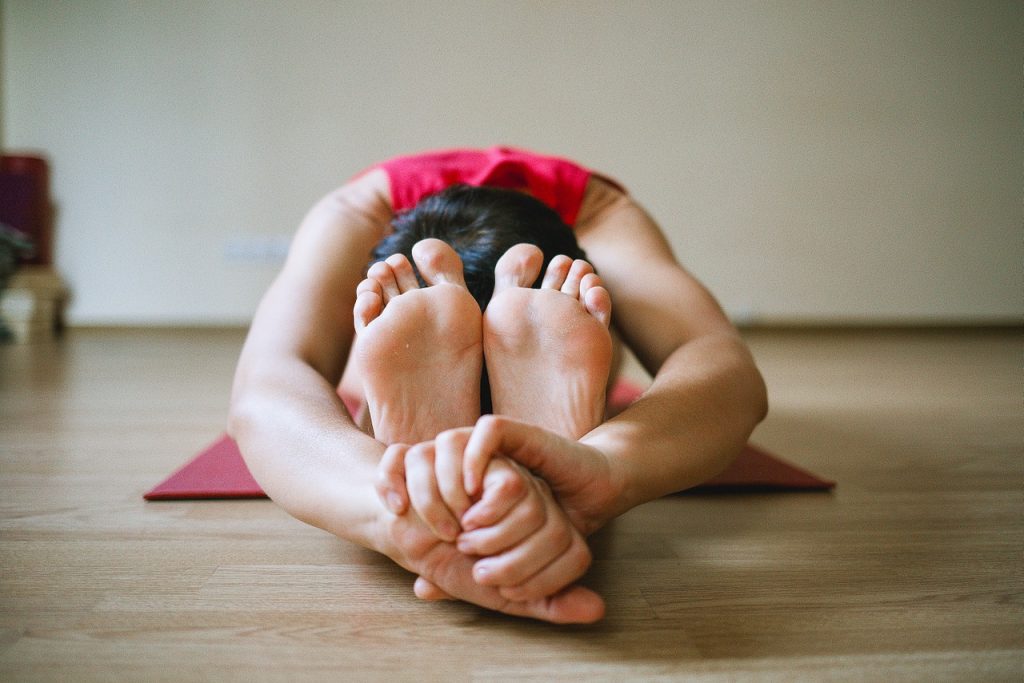
Many people do realize that over the years, it is flexibility and stretching training that is keeping them injury-free, in fact, they are paramount in keeping you injury-free. When you are injured, you will know that the road to recovery means starting with the basics again. And what are those? Simple movements and stretches. As we begin recovery, we are retraining the body to work at its optimum, natural state. The focus is to be relaxed and fluid. You learn to be relaxed when practicing intense movements, coupling those movements with stretching and flexibility training – it’s these that keep all the range of movements fluid and flexible.
Another very important reason to maintain flexibility is that of our health. Studies show the correlation between not having a flexible body and stiffness in the arteries. You put yourself at risk for earlier demise. It certainly makes sense that if we are not flexible; our bodies are not going to work optimally.

Flexibility cushions your body from stress and shock on the joints
- The sad thing is, flexibility does deteriorate when you lead a sedentary lifestyle. Lack of flexibility in your daily life definitely does lead to reduced mobility over time. Do you suffer from lower back pain? That debilitating feeling sometimes when you stand up and you kind of feel yourself being unsteady as the pain grips you? You feel forced to take a seat or get mobile before it recedes? Flexibility training can fix that.
- When you have flexible muscles, your body becomes much more efficient at absorbing shock and reducing the stress on your joints from the high impact activities you do such as very brisk walking or running.
- When you have finished your exercise routine for the day, stretching exercises after that are really beneficial. When your body temperature is raised when you do physical exercises and your muscles are still warm; you are less likely to suffer injury when they are being stretched. There are many people who incorrectly believe that stretching before activities is considered as warm-ups. But stretching exercises don’t really raise your body temperature or increase your blood circulation to prepare you for any physical exertion; therefore they are not really considered as an adequate warm up. It is far better to do your stretching after your workout because it gives your muscles the chance to relax after the stresses of the physical activities. A muscle that is relaxed is less likely to cramp later on.
- If you do choose to stretch for the purpose of flexibility before embarking on your physical exercises, then it is best done after a brief warm-up session of a non-stop activity; one that increases your heart rate. This can be something like a brisk walk for instance or ‘riding’ a stationary exercise bike is another example.
- It is OK though to do gentle stretching exercises when you are not warmed up, such as those that you do sitting at your computer. Naturally, you won’t have that great a range of movement as such as after a workout when your muscles are warmed up, so you need to take it easy and avoid over-stretching – then you could cause injury.
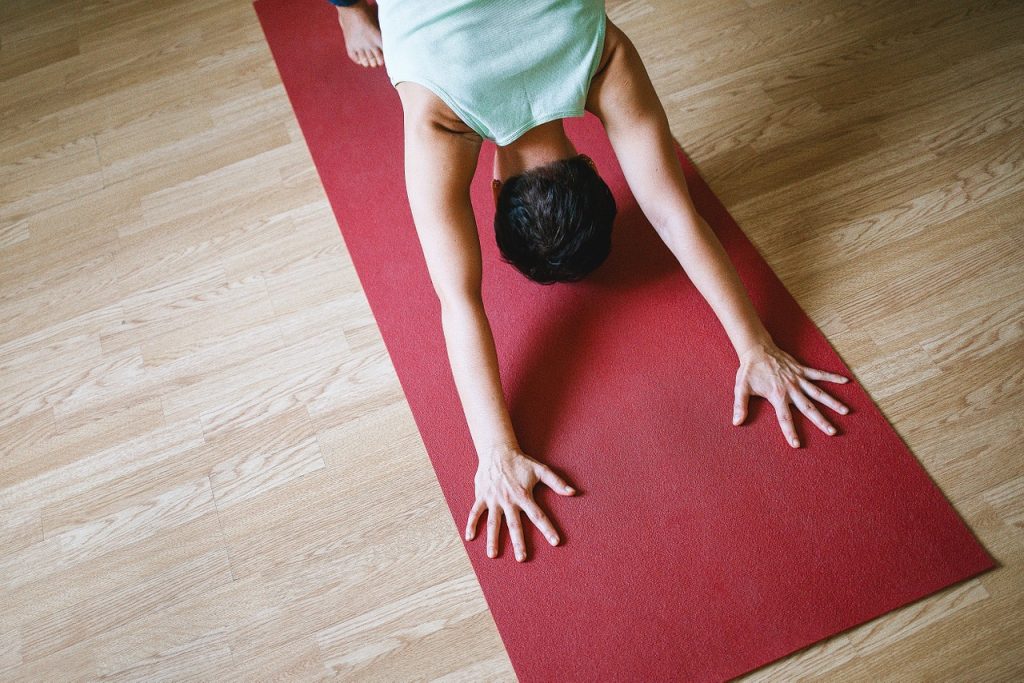
How many times should I be stretching to become flexible?
You should try to do stretching for around 5-10 minutes for about three days of the week, and particularly after your workout routine. This will be sufficient if you want your flexibility to improve. When you are stretching, breathe with ease and also avoid overstretching. Work within your own range of movement limits, listening to your body. The more common stretching technique is static stretching to improve your flexibility. What is static stretching? It’s when you use slow and gradual lengthening of your muscles – no bouncing type movements.
You should try to avoid stretching where you experience pain – you want to relax your muscles. Hold your stretches for about 15-30 seconds, repeating each stretch around 2-4 times. You will find your stretching exercises relaxing and rejuvenating which prepares your body for the physical challenges that come your way during the course of your day.
Even though cardio and weights are also important, so flexibility is just as important.
People are meant to move; we were made to move. That means exercising, breathing and flexibility movements – to keep us alive; and young. As we age, many of us move a little bit less every day and in a society today, where everything is just ‘drive-through’, it really is so easy to sit on the couch, watch television, and age away our lives. But it’s up to you to make the change; to choose to move and be flexible, to stretch and in doing so, to feel fabulous, look fabulous and feel youthful!

The importance of stretching and flexibility
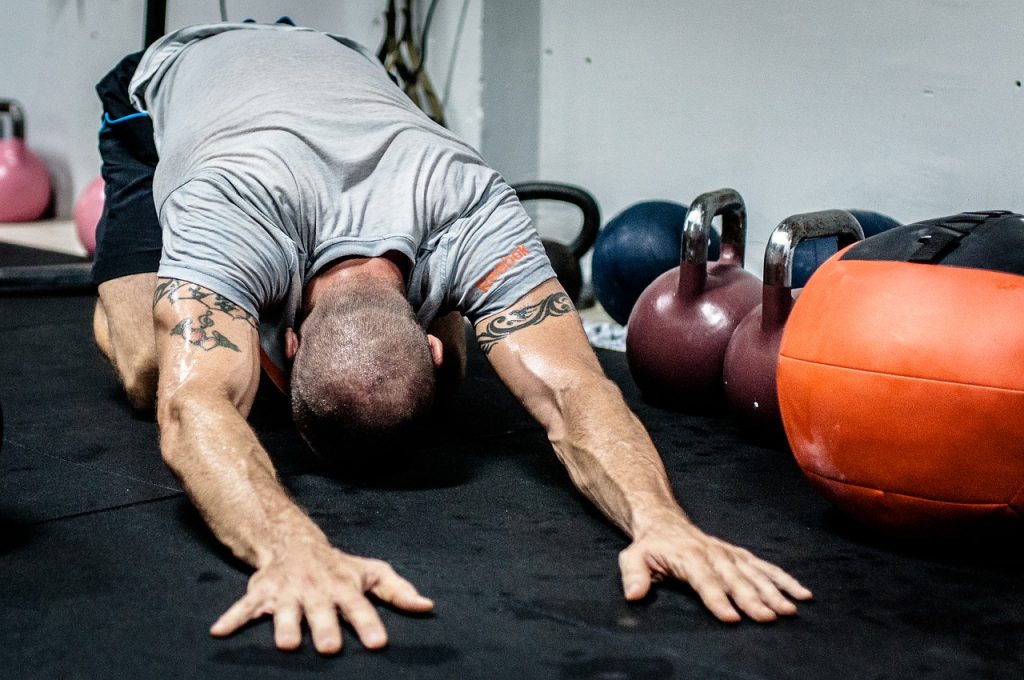
Youth means flexibility. Age means being stiff and rigid in the body. When you are stiff and rigid in the body, it is very possible that you can become stiff and rigid in the mind as well. Even if you are working out by doing your cardio and lifting weights, if you don’t get down to doing flexibility and stretching, your joints and muscles are going to become less supple. When you stretch regularly, you renew your body and you slow down the effects of the aging process.
And wellness?
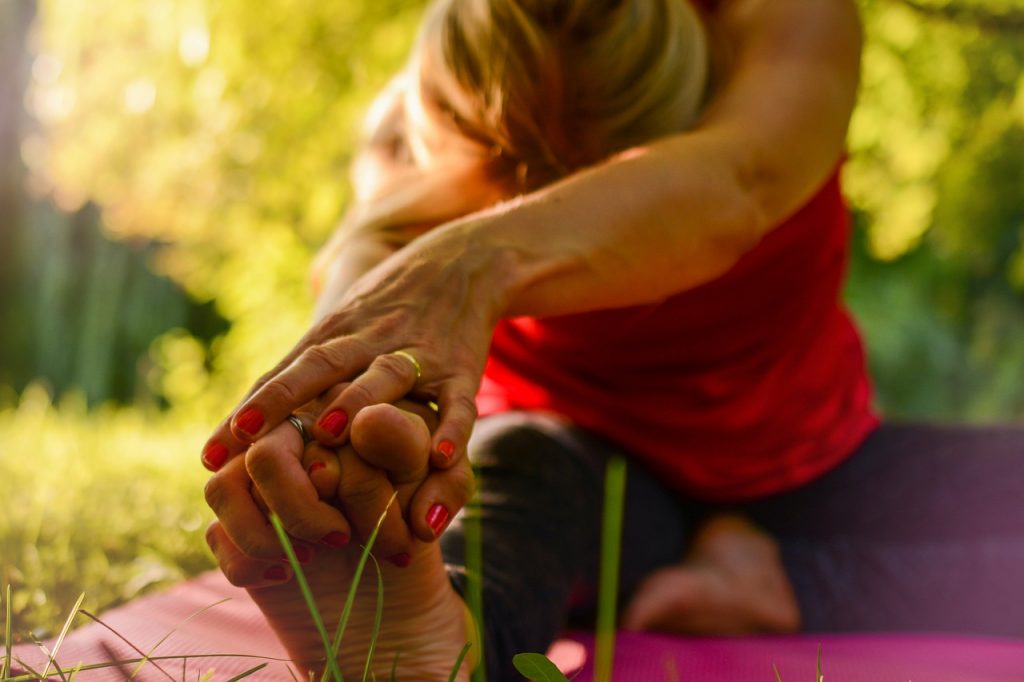
Amazing benefits are gleaned from doing stretching and flexibility. Just look at them:
- Energy levels are increased
- The range of movement is increased
- The effects of stress are relieved
- Muscle and joint pain are relieved
- Circulation improves
- Posture improves
- Balance is enhanced.
Doesn’t that sound like the good old days when you were younger?
Your muscles and all the connective tissue shorten while you sleep so that when you practice stretching exercises, the muscle fibers and the connective tissues elongate and align, to become longer. Regular stretching and training of the muscles over time allow the stretched muscles to become less contracted, making them stronger and longer. When you age, joint discomfort is eased and you are more agile and mobile. Every one of us has 24 hours in a day – you need to spare just a few minutes on that day to start feeling younger.

Conclusion
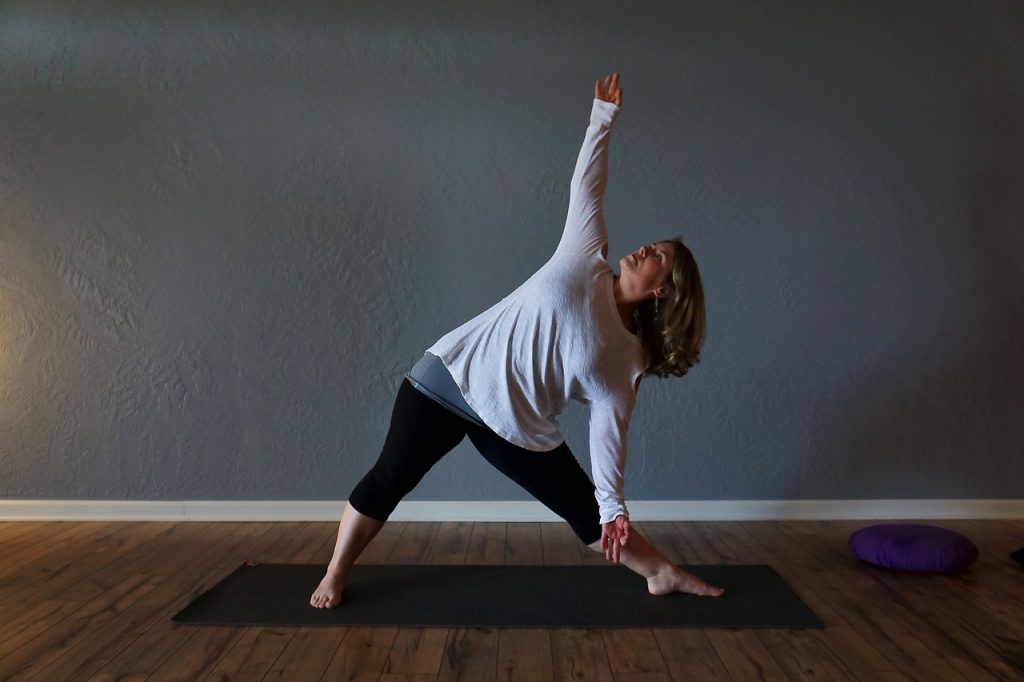
It’s true – you are only as young as you want to be and will be if your spine is flexible and can keep yourself moving and flexible well into the sunset years. If you are 30 and your spine is all stiff and inflexible, you are old, period. But if you are completely flexible at age 60, then you are young.
In today’s culture and the world, we do not think a lot about working out our spinal column. What working out today is about is showing ripped abs, beautifully toned arms, and a killer, taut, butt. Yet it is none of these things that amount to much if you don’t have a healthy spinal column. Actually, it would be truthful to say that by having a strong flexible body, and particularly the spine, you are probably looking at the most important piece of your whole puzzle – your body and anti-aging. You see, today, we don’t think of a good spine as that important, because that’s not what the world is selling at the moment – there is plenty of media frenzy and movies showing killer abs, but do you hear anything ever about a killer spine? Nope. But when you start to feel how wonderful you feel when you do have one; not forgetting how badly you would feel if you did not have one!; then you probably are going to be seeking out ways to get that killer spine. There is only one real solution to that – it’s called flexibility. And you better believe that flexibility is truly the fountain of youth!









